New Sunspot region 1392 was numbered overnight and is now a small BXO type group at 10 millionths.
Our largest Region 1389 on the visible solar disc so far, reduced in size and magnetic complexity.
Sunspot Region 1391 on the east limb developed several small spots behind the the larger main leading spot. This could be very interesting the next days.
Solar activity was quiet so far, no C Class flare took place yesterday but this morning a minute ago a small C 1.5 took place:
UPDATE:
We have another C Flare measuring C1.3
LMSAl located Region 1389
http://www.lmsal.com/solarsoft/last_events/

But if we check latest SDO Images we can figure out its from Region 1386. Image will follow soon as possible
TESIS shows us the right location:
Our largest Region 1389 on the visible solar disc so far, reduced in size and magnetic complexity.
Solar activity was quiet so far, no C Class flare took place yesterday but this morning a minute ago a small C 1.5 took place:
We have another C Flare measuring C1.3
LMSAl located Region 1389
http://www.lmsal.com/solarsoft/last_events/
But if we check latest SDO Images we can figure out its from Region 1386. Image will follow soon as possible
TESIS shows us the right location:
| Max, UT | End, UT | ||||||||||
|---|---|---|---|---|---|---|---|---|---|---|---|
 | Flare of class C1.5 | 1392 | 08:57:00 | 09:02:00 | 09:05:00 | ||||||
 | Flare of class C1.3 | 1386 | 10:59:00 | 11:06:00 | 11:14:00 | ||||||
| http://www.tesis.lebedev.ru/en/sun_flares.html | |||||
There was a filament eruption after the C 1.5 Flare: The Sun has produced a C1.5 flare on January 4, peaking at 09:02 UT, which was accompanied by a filament eruption with center about 20N 20W. A C1.3 flare was also observed by GOES peaking at 11:06 UT on January 4. Solar activity is expected to remain at C flare level, with a slight chance for an M flare. On January 4, the solar wind speed and IMF measured by ACE have returned to about 350 km/s and 5 nT, respectively. Geomagnetic conditions were quiet and will likely remain quiet before the second part of January 6. Around that time, active conditions are possible with a chance for a minor storm due to the expected effects of a high speed wind stream associated with an equatorial coronal hole.http://sidc.oma.be/index.php | |||||

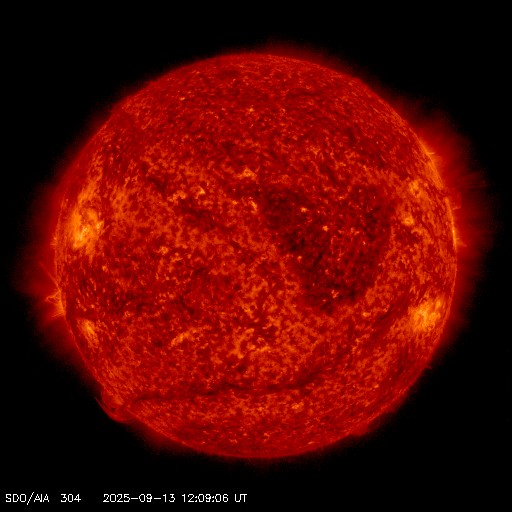
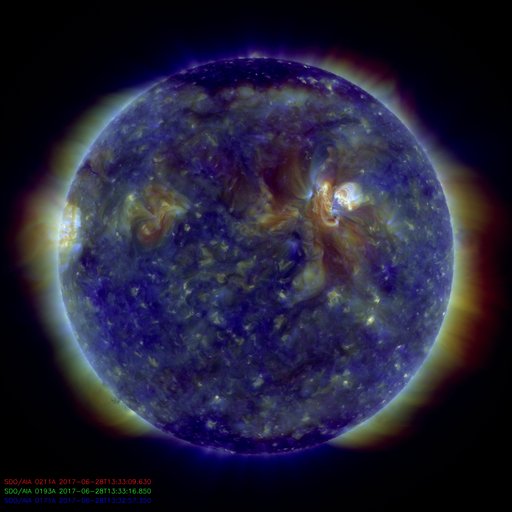
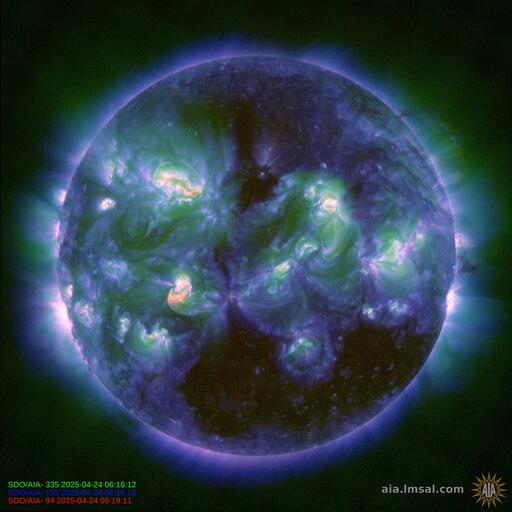
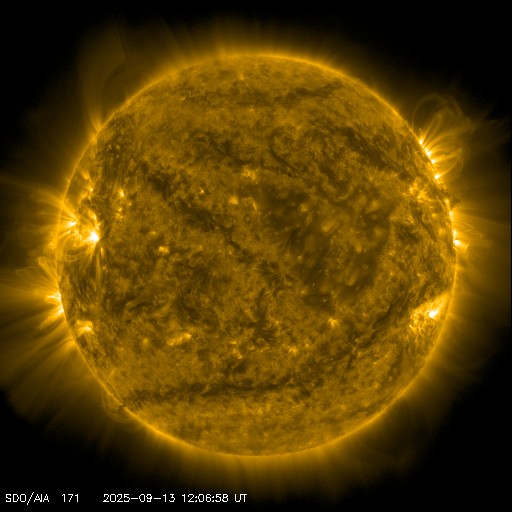
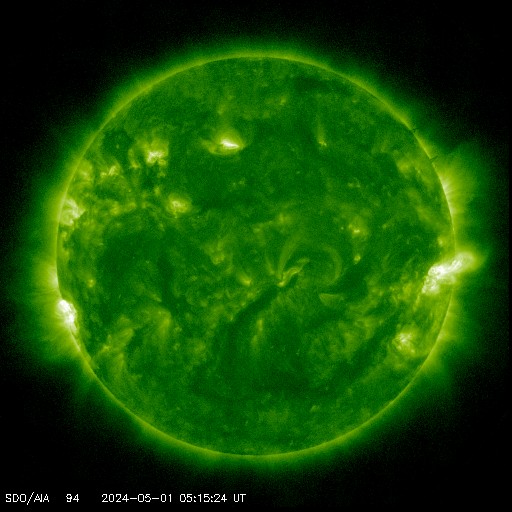
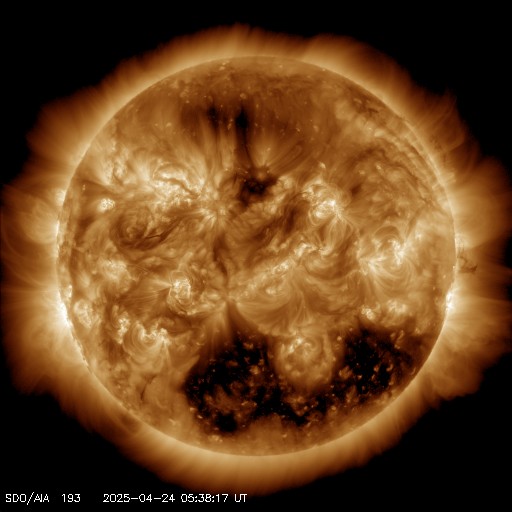

0 REPLIES:
Post a Comment
Thank you for choosing "My Solar Alerts" for your Solar event news.
Check back soon for more updates! :)